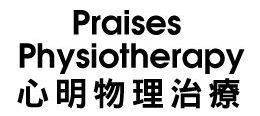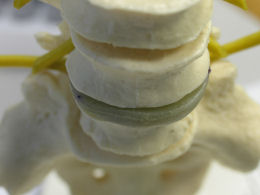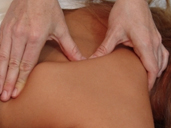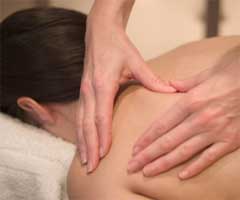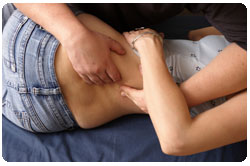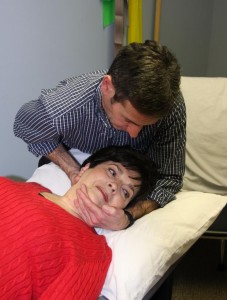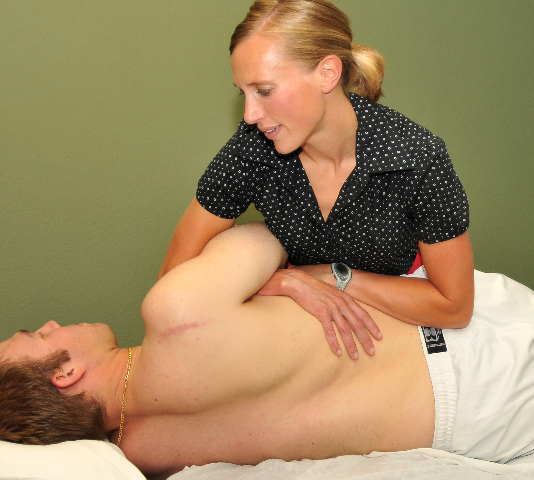|
Our Therapies
|
Mobilization and Manipulation
Origin of Mobilization and Manipulation
The use of joint manipulation started from Hippocrates, a physician in the fourth century, B.C. The techniques had been used by bonesetters. In early 1900s, manipulation was officially adopted as a method of treatment by medical doctors. The concepts and techniques of mobilization and manipulation have been developed and expanded through various clinical experts. They include Mennell and Cyriax, Maigne, Kaltenborn and Maitland. Maitland, an Australian physical therapist whose approach is currently being taught in Australian, developed techniques involving oscillatory movements performed on a chosen joint. To increase movement of a restricted joint, movement is induced within the patient’s available range of movement tolerance. He distinguishes between mobilizations and manipulations. A meticulous and systematic examination procedure is essential to this method because examination provides the guideline to treatment. What is mobilization and how is it performed ? Joint mobilizations are passive movements performed at a speed slow enough that the client can stop the movement. The technique may be applied with a sustained stretch or oscillatory motion : a gentle, coaxing, repetitive, rhythmic movement of a joint that can be resisted by the patient. The technique is intended to decrease pain or increase mobility. Unlike manipulation, it can be performed over a wide range and thus involve a series of movements referred to as stages (grades of movement). The techniques may use physiologic movements or accessory movements. Physiological movements mean movements can be performed actively by the patient. Whereas accessory movements mean movements cannot be performed actively by the patient and can only be produced passively by the therapist.
What is manipulation and how is it performed ? Manipulation would then denote passive movement involving a high-velocity, small-amplitude thrust that proceeds quickly enough that the relaxed patient cannot prevent its occurrence. The motion is performed at the end of the pathologic limit of the joint and is intended to alter positional relationships, to stimulated joint receptors, and to snap adhesions. Pathologic limit means the end of available range of motion when there is restriction. Thus, the speed of the technique, not necessarily the degree of force, differentiates the two categories of passive movement.
What problems can Mobilization and Manipulation help ? Joint mobilization and manipulation techniques are indicated in cases of joint dysfunction, due to restriction of accessory joint motion causing pain or restriction of motion during normal physiological movement. The most common of these include :
|

